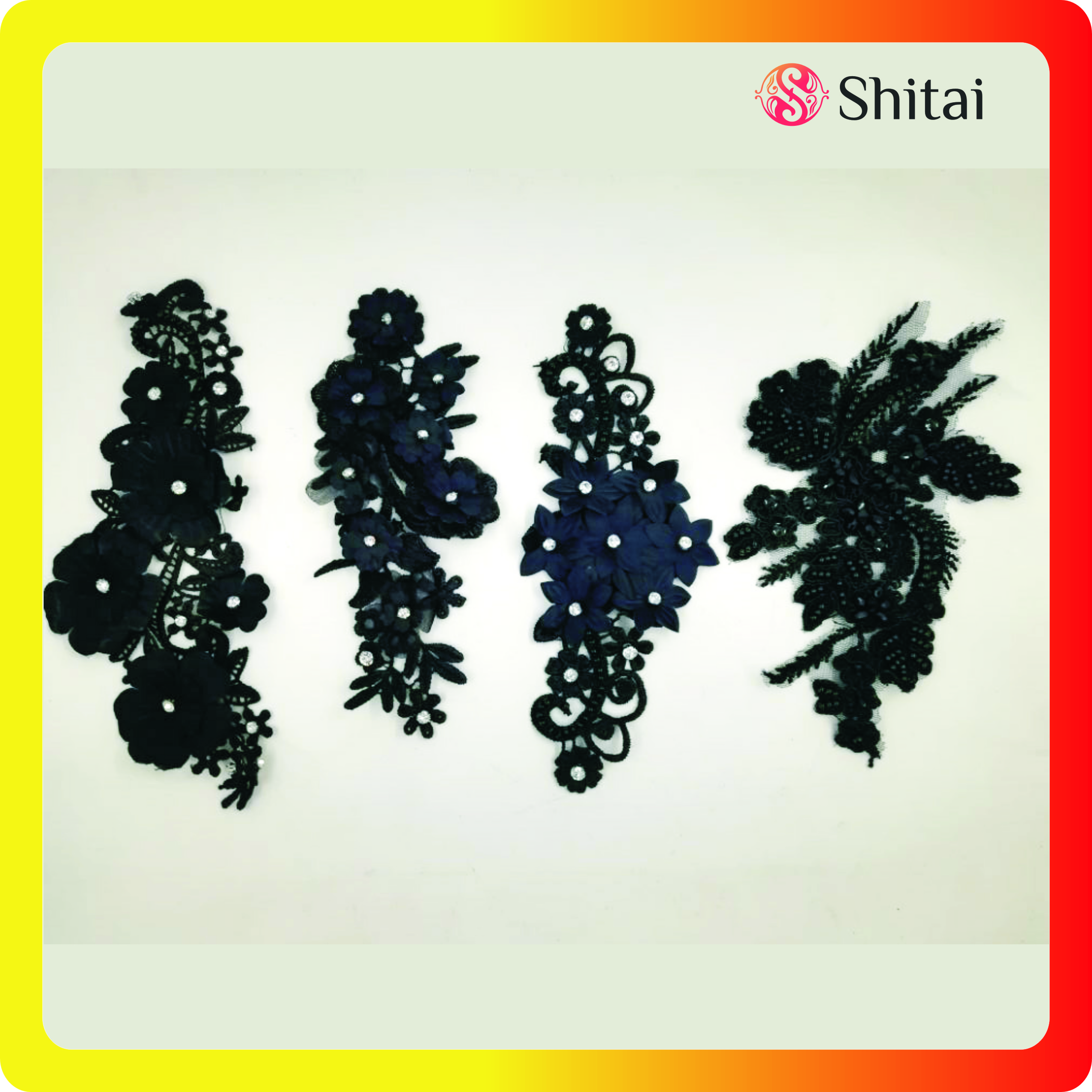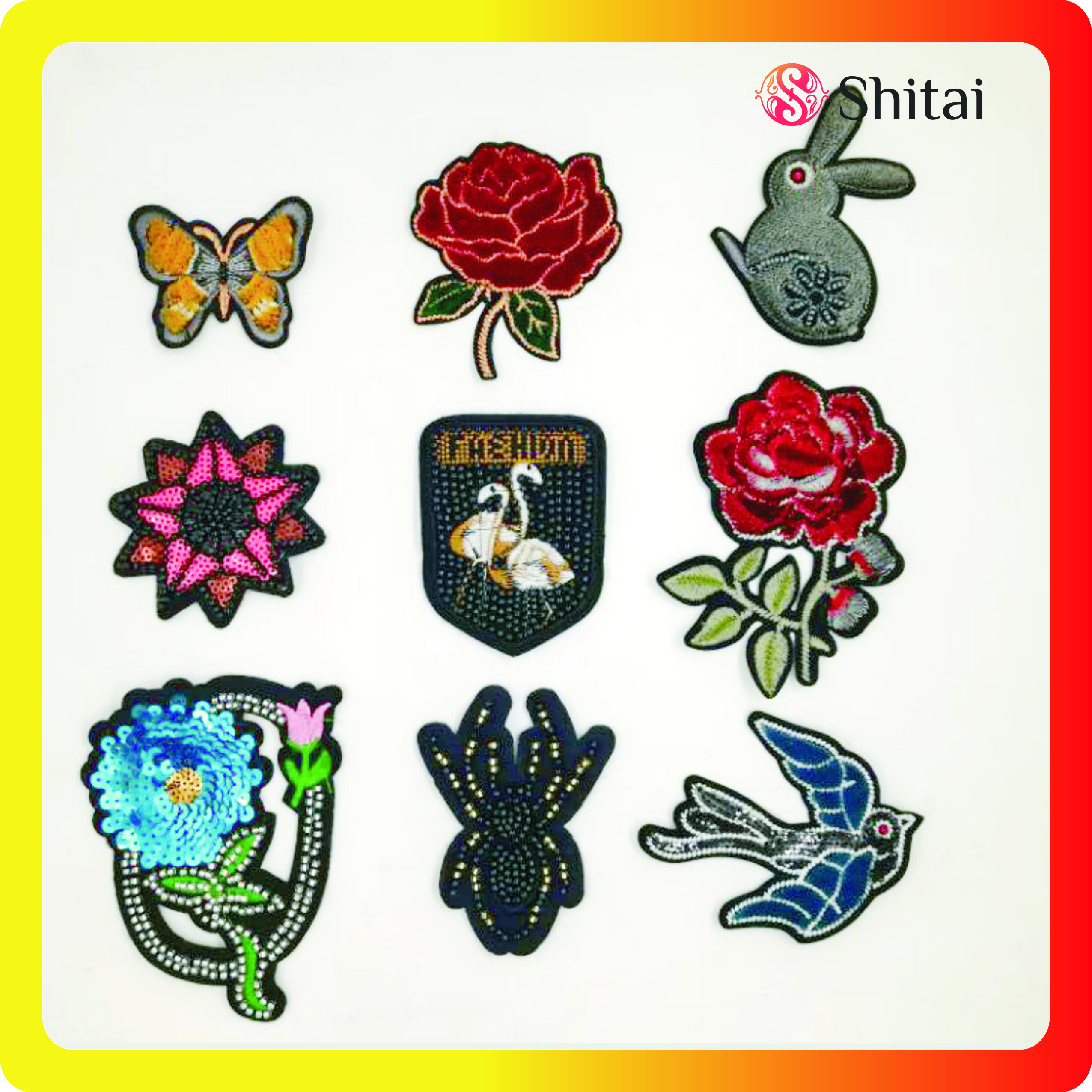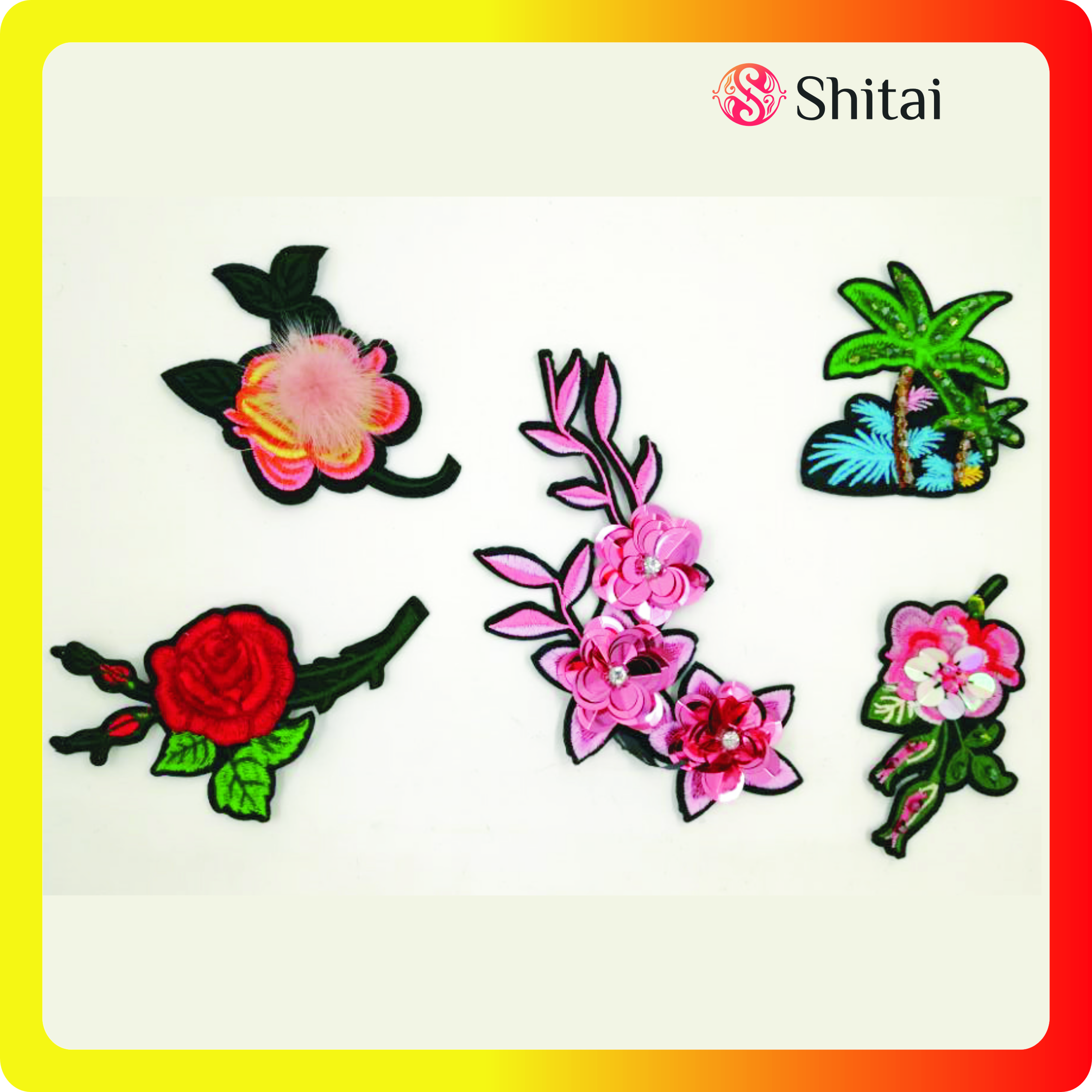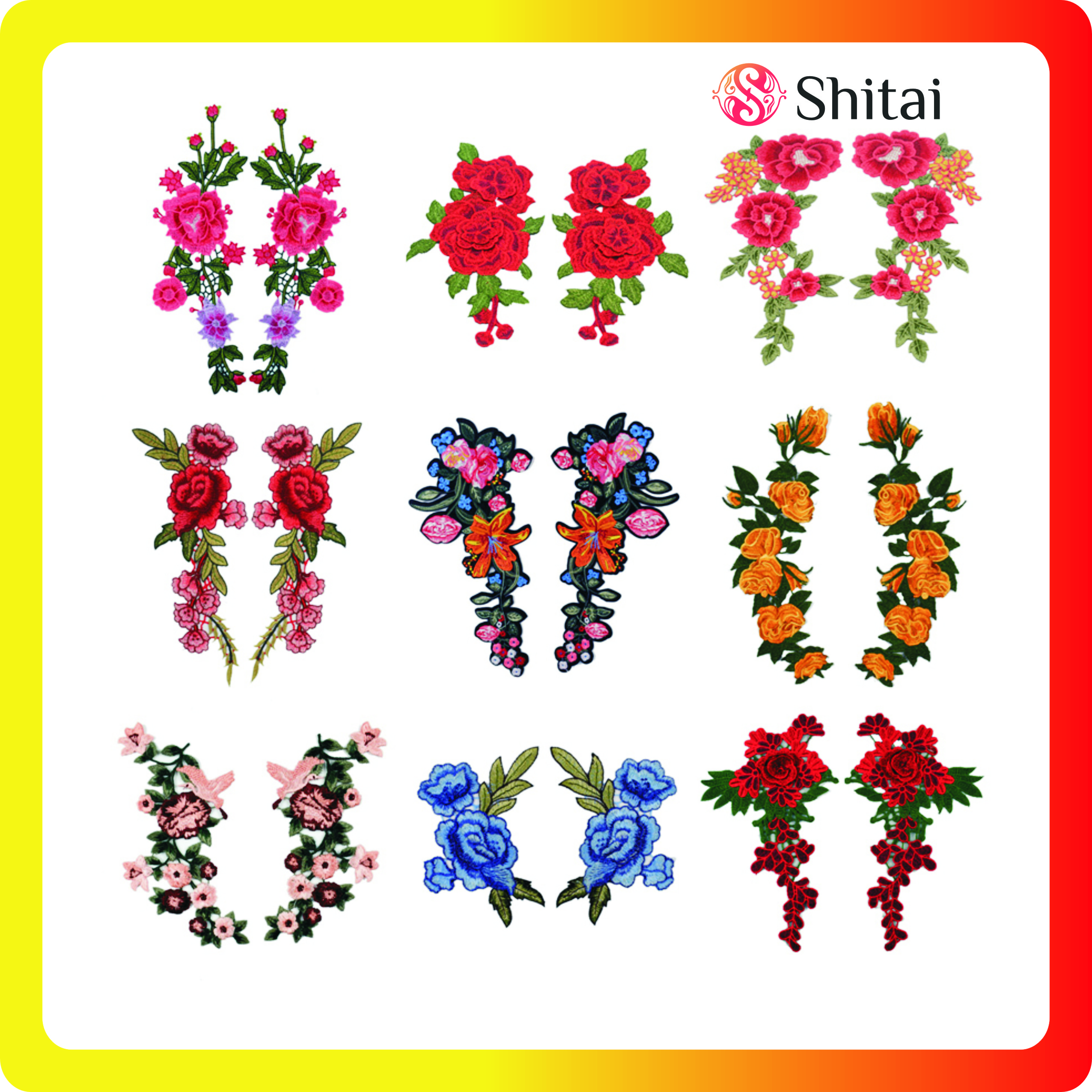The printing and dyeing industry is a major industrial wastewater discharge. According to incomplete statistics, the daily discharge of printing and dyeing wastewater in the country is 3×106~4×106m 3 . Printing and dyeing wastewater has the characteristics of large water volume, high organic pollutant content, deep color, large alkalinity and large water quality change. It is an industrial wastewater that is difficult to treat. In recent years, due to the development of chemical fiber fabrics, the rise of artificial silk and advances in finishing technology, PVA pulp, rayon alkaline hydrolysate (mainly phthalic acid), new additives and other difficult biodegradable organic compounds A large amount of printing and dyeing wastewater has increased its COD concentration from hundreds of mg/L to 2,000-3,000 mg/L, which has reduced the COD removal rate of the original biological treatment system from 70% to 50% or even lower. Traditional biological treatment processes have been seriously challenged; traditional chemical precipitation and air flotation methods have a COD removal rate of only about 30% for such printing and dyeing wastewater. Therefore, the development of economical and effective printing and dyeing wastewater treatment technology has increasingly become a topic of concern in today's environmental protection industry. 
The four processes of printing and dyeing process must discharge waste water. The pretreatment stage (including singeing, desizing, scouring, bleaching, mercerizing, etc.) should discharge the desizing wastewater, scouring wastewater, bleaching wastewater and mercerized wastewater, and discharge the dyeing process. In the dyeing wastewater, the printing process discharges the printing wastewater and the soap wastewater, and the finishing process discharges the finishing wastewater. Printing and dyeing wastewater is a mixed wastewater of the above various types of wastewater, or a comprehensive wastewater other than bleaching wastewater. 
The water quality of printing and dyeing wastewater varies with the type of fiber used and the processing technology, and the pollutant components vary greatly. Generally, the printing and dyeing wastewater has a pH of 6 to 10, a CODCr of 400 to 1000 mg/L, a BOD5 of 100 to 400 mg/L, a SS of 100 to 200 mg/L, and a chromaticity of 100 to 400 times. However, when the printing and dyeing process and the types of fibers and processing techniques used are changed, the quality of wastewater will change greatly.
Production Description:
Custom Chenille Patches has patch designs for any activity or sport you can think of. From football to
cheerleading from baseball to drill team we have something for everyone. Any awards that you or your
team receives can be made into a patch for your letterman jacket.
Material: embroidered patch, Chenille Patches, woven patches
Size: custom size
Color: any pantone colors are workable
Border: merrow border, hand cut border or heat cut border
Back attachment: paper coating, iron on, double-sided adhesive tape, Velcro back or no backing are all available.
Packaging: As customer`s request

Some more designs only for reference!!!




Chenille Patches
Chenille Patches,Custom Chenille Patches,Patches For Jackets,Ice Cream Towel Patch
DONGGUAN SHITAI ACCESSORY TEXTILES CO.,LTD , http://www.stsewingcraft.com